Are phablets the perfect form factor?
This article may contain personal views and opinion from the author.

Localytics has been taking a look at data in the mobile space, and there are three major trends happening right now. First, tablet sales are on the decline; second, smartphone sizes are getting larger; and, third, app usage on larger phones is increasing. We're going to start off by taking a look at the first and third items, because they are fairly simple to deal with. We'll leave the idea of larger phones for last, because that brings up some interesting counterpoints to the question we've posed in the title of this article.
Tablet sales and app usage
The idea that tablet sales are on the decline is not all that new, but it also isn't one that has been fully sorted out just yet. Tablets as we know them today have had a relatively short life with a couple years of fast growth, a peak in 2013, and a steady decline since then. However, because the decline has only been the past year, it is unclear exactly why tablet sales are dropping. This is an idea that we dove into more deeply back in April, but the TL:DR on that is basically this - tablets have a limited use case and a poorly defined upgrade cycle; and, larger phones are taking over some use cases that had been the purview of small tablets.
The use case for small tablets is mainly focused on consuming media - reading, watching video, listening to music - and playing some games. These are all uses that not only can easily be switched over to a larger phone, but are uses where we tend to see the biggest bump in app usage when looking at larger phones. Localytics tracks a large number of devices and how long people stay in certain apps. It turns out that once a smartphone passes the 5-inch screen size, time spent in apps takes a jump compared to smaller phones. Most notably, music apps see a time-used increase of 142%, while games see a 116% increase, and reading goes up 74%. These numbers are all comparing 5-inch+ phones with sub-5-inch, but the fact still remains that larger screens tend to be used in certain ways, and larger phones overlap quite a bit with small tablets.
Remember, it's no fluke that Google has released a 6-inch Nexus phone this year while discontinuing sales of the Nexus 7 tablet in favor of the Nexus 9. There is also the strangeness of the iPad mini 3 to consider. We tend to think that Apple wants to keep the attention on the new iPhone 6 Plus phablet rather than on the iPad mini, which is why the mini 3 is such a minimal upgrade. And, there are rumors that Apple could be discontinuing the iPad mini line completely with the introduction of the iPad Pro next year.
This leads to the other side of tablet usage. So far, we've been focusing on smaller tablets and the overlap with phablets; but, tablets also come in increasingly larger sizes. This side of things connects back to the idea of a poorly defined upgrade cycle with tablets. One major problem that manufacturers have had is that it is unclear when and why users should be upgrading their tablets. Phones have settled into a two-year upgrade cycle, laptops tend to be on around a 5-year upgrade cycle, but no one is sure where tablets fall. Because tablets have a relatively niche use case, the upgrade cycle tends to be on the longer end, which is bad for overall sales.
This could also mean that the downward trend we've been seeing over the past year is not one that will continue. It could be that tablet sales are finding their own equilibrium as users decide how often they want to buy new hardware. If this is true, the decline in tablet sales should even out eventually. Obviously, manufacturers want to make that point come sooner rather than later, which is why we're seeing a bigger push for tablets to take over some of the productivity space from laptops.
Samsung, Microsoft, and Asus are all firmly in this space with their larger tablets and tablet/laptop convertibles, and the consensus is that Apple will be joining soon. Even Google can be considered to be in this space with the new Nexus 9. It may not have a display as large as the Surface Pro 3 or Galaxy Tab Pro 12.2, but Google is clearly pushing the productivity angle with the Nexus 9, referring to getting "work" done multiple times in the product description, and having a keyboard folio case on the way for the tablet. The overall idea from manufacturers is to get more casual laptop users onto a more frequent upgrade cycle with a productivity tablet, but it is unclear if that plan will work. Of course, this segment is getting into the territory that overlaps with PCs rather than phones, and large phones are the real aim of this discussion.
Bigger smartphones...
The other aspect of Localytics data is in the overall trend that smartphones are getting bigger. We all know this to be true, although the Localytics chart only focuses on Samsung and Apple devices, rather than the wider smartphone landscape. It's no secret that smartphones are getting bigger. As noted in the chart, the iPhone has gone from 3.5-inches to 4-inches to its current duo of options at 4.7-inches and 5.5-inches; meanwhile, the Samsung Galaxy S line has grown from 4-inches to 5.1-inches, and the Galaxy Note line has grown from 5.3-inches to 5.7-inches. Not on the chart, we also know that the LG G series has gone from 4.7-inches to 5.5-inches, and the Nexus line has gone from the 3.7-inch Nexus One to the 6-inch Nexus 6.
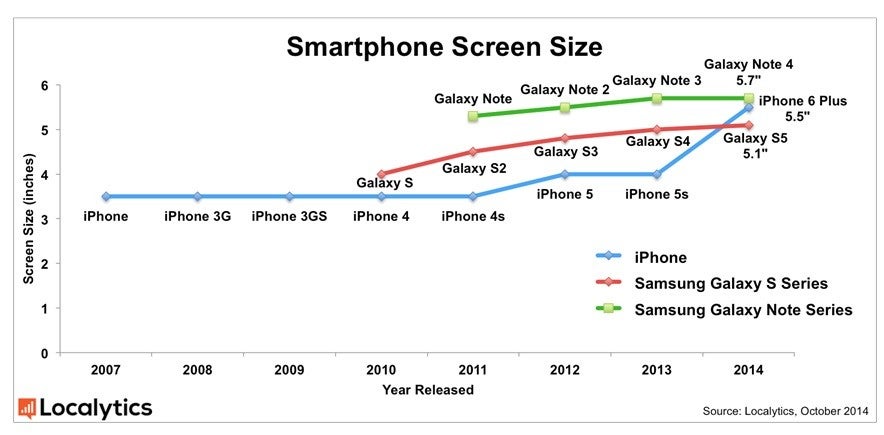
Of course, throughout this evolution in display size, there have been two other trends to note. First is that while display size has grown, the overall body of devices relative to the display has dropped. For example, the original Samsung Galaxy Note housed a 5.3-inch display in a body that measured 146.85 x 82.95 x 9.65 mm and 178g, but the new LG G3 has a 5.5-inch display in an overall smaller package at 146.3 x 74.6 x 8.9 mm and 149g. If you want to go back even farther to what was essentially the first phablet (although it was marketed as a tablet), the Dell Streak 5 had a 5-inch display in a body measuring 152.9 x 79.1 x 10 mm and 220g.
As you can see, the idea of what exactly is a "phablet" has shifted over time. Four years ago, phablets only really existed in the range of about 5-inches to 5.5-inches. Today, phablets sort of exist in the 5.5-inch to 6.5-inch range, but even that lower section is getting fuzzy. Some 5.5-inch devices, like the afforementioned LG G3 are compact enough that they could be used by many people without trouble. However, some 5.5-inch devices, like the iPhone 6 Plus are larger (158.1 x 77.8 x 7.1 mm and 172g) and more unwieldy, because the body size is closer to a 6-inch device (the Nexus 6 measures 159.3 x 83 x 10.1 mm). In many ways 5.5-inches appears to be the cross-over point between a smartphone and a phablet, because of the variability in body size; but, it also shows that the idea of a phablet is more in the body size than the display size.
...that aren't really phones
Although, there is another thing to note when talking about device size: there has been constant push back throughout this growing process. The first 4-inch phones were said to be too big; the original Galaxy Note was widely regarded as a ridiculous size; and, the first small tablets with phone capabilities were similarly derided as too strange. Now, 4-inch phones are considered too small by many; the original Galaxy Note is the same size as many current flagship smartphones; and, tablets with phone capabilities are surprisingly popular in some regions. Smartphones keep getting bigger, and the usage of these devices keeps moving farther and farther away from actually making phone calls; so, does the term "phablet" even mean anything? These devices are being used less as phones, and the difference between a small tablet and a large phone is becoming more blurry.
Part of the reason for the shift is simple acclimation. Give people enough time to adapt to a new device and everything will be fine. It's exactly why a Google exec recently said that users would end up liking the 6-inch Nexus 6 if they were to just use it for a month. Many people warm up to phablets quite quickly, because the number one consumer desire with smartphones is in battery life, and phablets tend to offer the best battery life in the smartphone sphere. That's the kind of benefit that makes people overlook any awkwardness found in actually carrying a larger device.
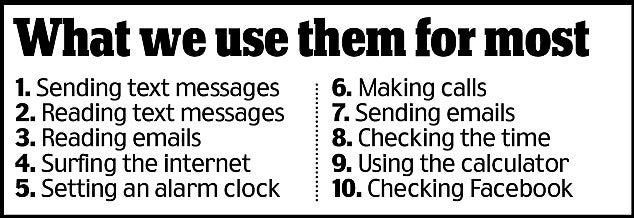
But, a bigger reason might be that using smartphones as actual phones is becoming less and less common. A complaint about phablets and phone-capable tablets is often that you look/feel ridiculous when using them to talk on the phone. But, talking on the phone is dropping farther and farther down the list of uses for these devices. Various studies have found that people using larger phones tend to spend more time in apps. The effect could be as large as 33% more time spent in apps, but even the iPhone 6 Plus users have been found to spend about 13% more time in apps. Most recently, a study found that people used their smartphones for almost two hours per day, and only twenty minutes of that was spent on a phone call. Making or receiving phone calls was actually number six on the top ten list of smartphone uses, and 40% of respondents said that they could get by just fine even if their smartphone couldn't make voice calls.
The reason for the increase in app usage and decrease in phone calls is a two part issue. First, much of the communication done through smartphones is messaging rather than voice, and a larger screen also means a larger keyboard and easier typing. There is also more video chat being done through apps like Skype, Hangouts, and FaceTime, all of which benefit from a bigger screen. As noted before, once you get into apps, big screens also have obvious benefits for watching video, reading books/browsing the web, and playing games. Smartphones have always been aiming towards being small mobile computers, and we are certainly in that realm now.
Conclusion
Whether or not phablets are the perfect mobile form factor is a completely objective thing, and there's no way to answer that question with a blanket statement. Everyone has their own preferences and usages. Some people prefer smartphones that can be used one-handed, and then to supplement that device with a tablet for multimedia consumption. Some want a larger device that can cover all usage patterns. But, at the end of the day, there are plenty of reasons why phablets make for better mobile devices - longer battery, better for video, pictures, gaming, reading, texting, and other app-related tasks - but, there is really only one reason why people don't tend to like phablets, which is the potential awkwardness of carrying/using a larger device, especially if one doesn't have very big pockets or hands. Obviously, that can be a pretty big hindrance, but given the time to adjust to the size of the device, it's not hard to see why many would find the benefits to win out in that decision.
Follow us on Google News

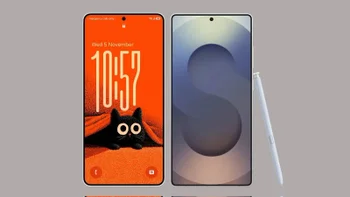

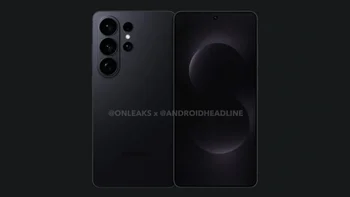
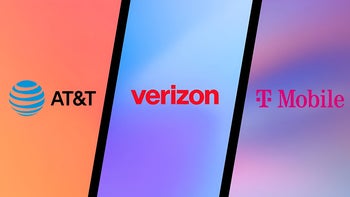
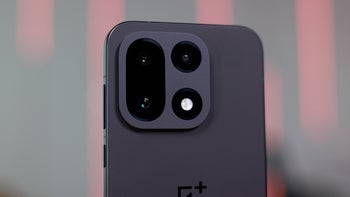
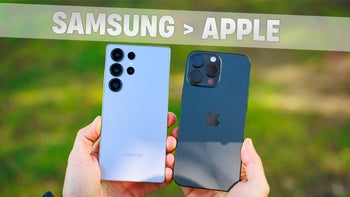
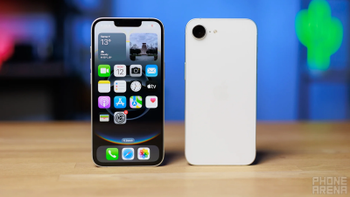
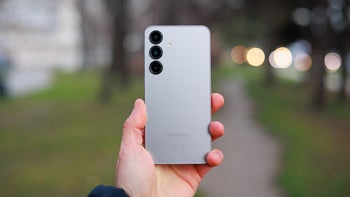
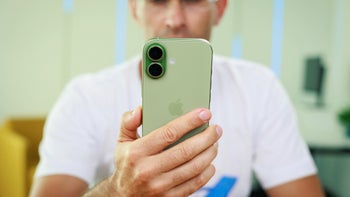
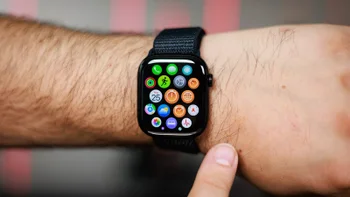


Things that are NOT allowed:
To help keep our community safe and free from spam, we apply temporary limits to newly created accounts: